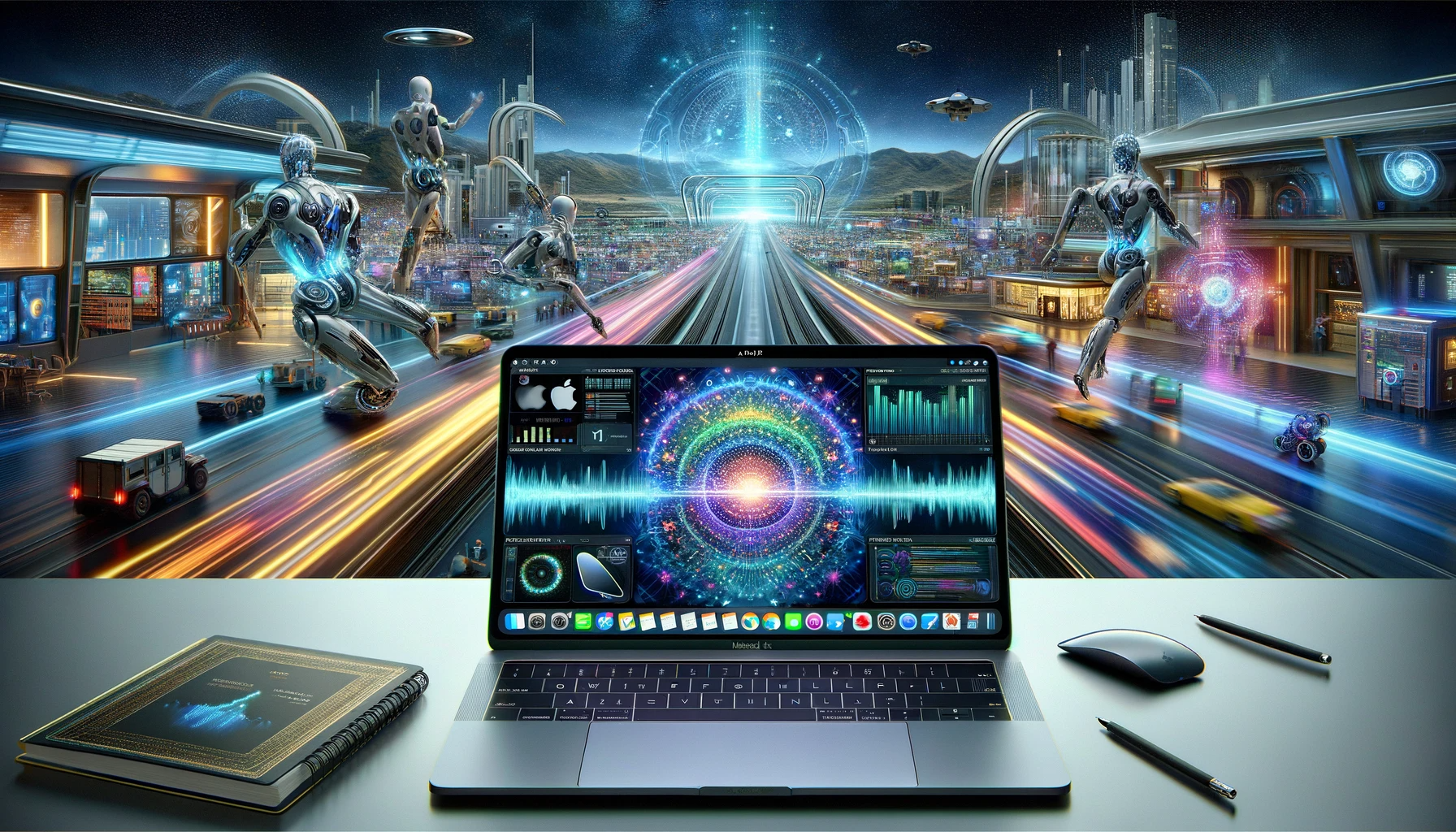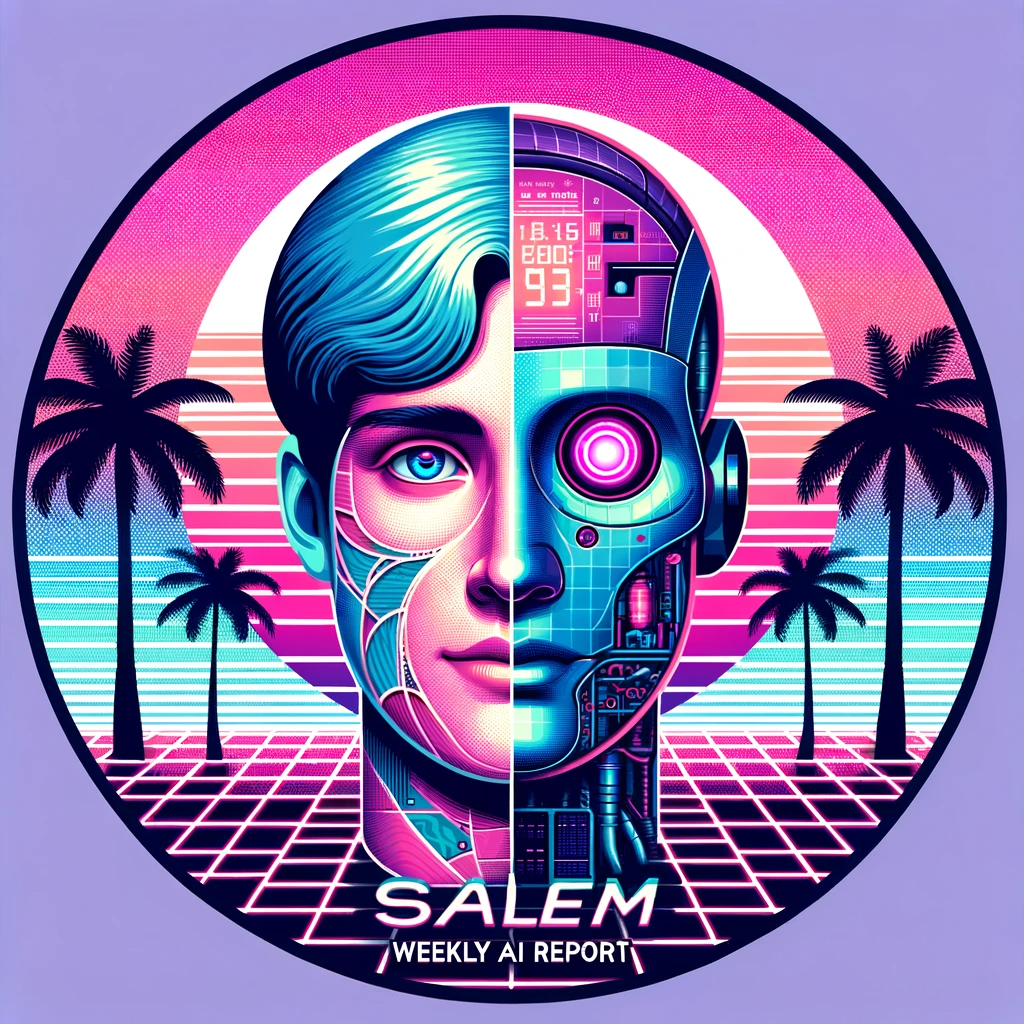
AI Revolution: Apple's M3 Max Chip & MacBook's Machine Learning Advancements
The world of Artificial Intelligence (AI) is constantly evolving, and recently, we’ve witnessed some remarkable advancements from a tech giant. Apple has been making significant strides in the realm of machine learning (ML), especially with the release of its ML framework for the Apple Silicon. This blog post will delve into the latest developments involving Apple’s M3 Max chip and the impressive AI capabilities of their MacBook lineup.
Harnessing the Power of ML: Performance Comparisons
In a recent turn of events, Apple showcased the remarkable performance of its ML framework when compared to industry giants like Nvidia. The comparison between the Apple M1 Pro and Nvidia RTX 4090 graphics card highlights how Apple’s silicon has managed to make significant strides in AI processing.
The Whisper benchmark test, a popular tool for measuring AI efficiency, further demonstrates Apple’s prowess in this domain. This has led to speculations about the New M3 Max chip potentially outperforming the RTX 4090 with its increased GPU cores, showcasing the company’s commitment towards AI innovation.
Insights from Ivan’s Tweet: A Performance Preview
A recent tweet by influential tech expert Ivan shed light on the performance difference between the M2 Ultra and the soon-to-be-launched M3 Max chip. This anticipation has generated a lot of buzz in the tech community, as users eagerly await the official launch of Apple’s latest AI powerhouse.
Energy Efficiency: A Key Focus for Apple’s MacBook AI Advancements
Besides raw performance, power consumption is another crucial aspect of AI development. The context highlights how the MacBook lineup, powered by Apple’s ML framework, has managed to stay ahead in terms of energy efficiency. In a comparison between an M1 Pro laptop and a PC running with a GPU, it was evident that Apple’s approach to AI is not only powerful but also eco-friendly.
Future Applications: AI-Powered Podcast Search Engine
Looking beyond the core hardware advancements, there are exciting applications of AI in everyday life. As an example, imagine a podcast search engine that utilizes machine learning transcription to deliver more accurate and relevant results. Such developments demonstrate how Apple’s ML framework is not only pushing the boundaries in terms of hardware performance but also contributing significantly to the world of software applications.
Integrating BetterTransformer: Overcoming Challenges in AI Processing
The integration of Insanely-fast-whisper and BetterTransformer, though presenting some initial challenges, is a testament to Apple’s commitment to driving innovation. These efforts showcase how the company is continually working on improving its ML capabilities to deliver better user experiences.
Nvidia’s Optimized Whisper Testing: A Performance Comparison
Lastly, we cannot ignore Nvidia’s role in this AI revolution. Recent updates have revealed optimized whisper testing on Nvidia hardware, further fueling the competition between industry giants in delivering efficient and powerful AI solutions.
In conclusion, Apple’s M3 Max chip and the MacBook’s impressive AI capabilities are shaping up to be game-changers in the world of technology. As we eagerly await their official release, it is evident that Apple continues to push boundaries in the pursuit of AI innovation. The future seems brighter than ever for those who embrace the power of Artificial Intelligence.

